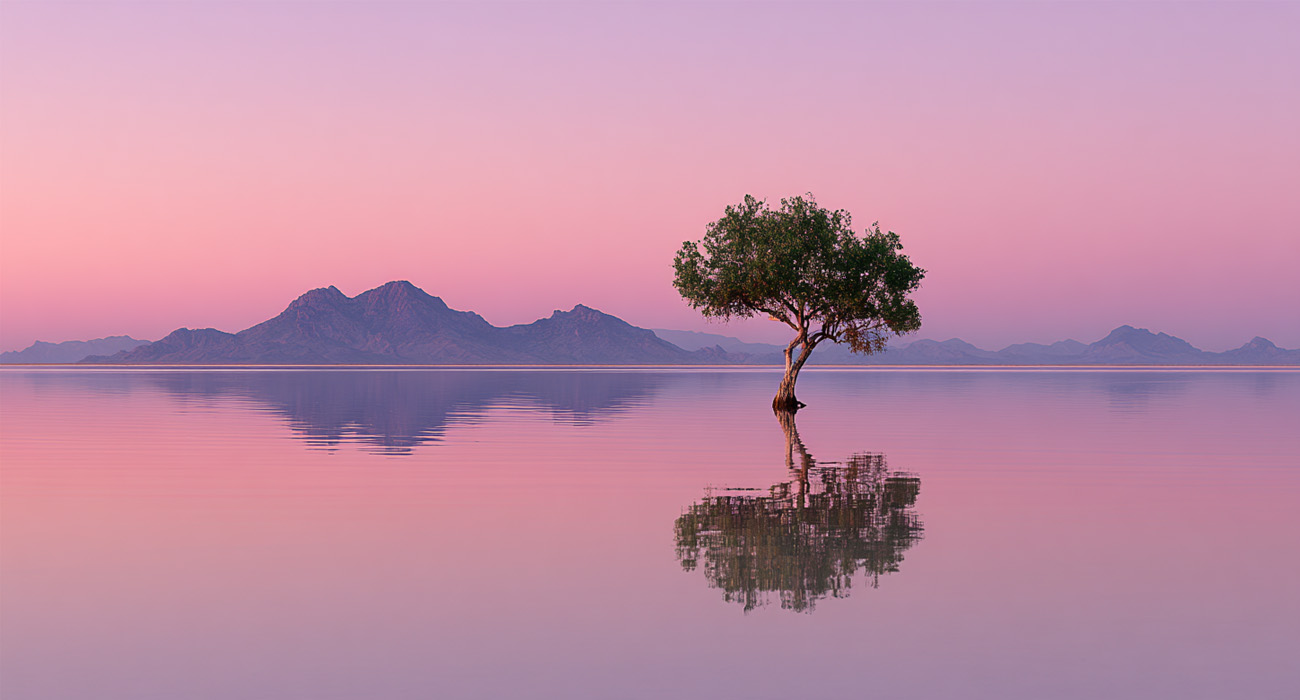Great Landscape Photo
In a world where thousands of landscape images are uploaded every minute, the challenge isn’t just technical—it’s creative. How do you find fresh inspiration for your next landscape photograph? How do you move beyond repetition and create something that feels personal, intentional, and alive?
Whether you’re just starting out or deep into your photography journey, this post explores where true inspiration begins—and how to stay creatively charged wherever you go.
1. Slow Down and Observe
The first step to inspired landscape photography isn’t gear or location—it’s awareness. Spend time in nature without your camera. Watch how light moves across a valley or how mist lifts off a forest at dawn. Great images often come not from chasing dramatic moments, but from noticing subtle ones.
Tip: Keep a visual journal. Sketch, write, or photograph daily observations. Over time, patterns and themes emerge that reflect your unique way of seeing.
2. Let Emotion Lead
Before pressing the shutter, ask: *What am I feeling here?* Is it solitude? Wonder? Stillness? Try to translate that emotion into composition, light, and color.
Photographers like Ansel Adams or Michael Kenna didn’t just capture scenes—they translated feelings. Let your image say something about the experience of being in that place, not just the place itself.
3. Study Other Art Forms
Look beyond photography. Painters, writers, architects, and musicians can offer surprising insights into composition, rhythm, and mood.
* Study how Turner painted light.
* Explore how Edward Hopper used space and silence.
* Read nature essays or poetry.
* Listen to ambient soundscapes when editing.
Inspiration is rarely linear. The more inputs you absorb, the more original your output becomes.
4. Revisit Familiar Places
One of the best creative exercises is to photograph a location you’ve seen a hundred times—but differently. Go at a new time of day, in a different season, or with a different lens. Inspiration often comes from constraint.
Example: Shoot the same mountain with a 50mm lens every month for a year. You’ll begin to see change, nuance, and story unfold.
5. Connect with a Story
A single image can hint at a larger narrative. Is this landscape untouched wilderness, or one shaped by humans? Is there a tension between permanence and change? Between nature and weather? Let story guide your visual decisions.
Tip: Research a location’s geology, cultural history, or mythology before you go. This context can lead you to shoot with more depth and clarity of purpose.
6. Travel with Curiosity, Not a Checklist
It’s tempting to chase “epic” shots made famous by others. But real inspiration doesn’t come from recreating—it comes from discovering. Explore places not (just) for their Instagram potential, but for how they *make you feel.*
Practice: Spend a day shooting without looking at social media or GPS. Let instinct, not popularity, guide you.
7. Wait for the Light
Light changes everything. A dull scene at midday might glow with magic at dusk. Sometimes, the difference between an average shot and an unforgettable one is simply *waiting.*
Reminder: Great landscape photography isn’t always about new locations—it’s about being patient enough to witness familiar ones at their best.
In Conclusion: Make It Personal
Inspiration isn’t a formula. It’s a process of learning to trust your eye, follow your curiosity, and stay open to what the land offers. The best landscape photos aren’t just technically strong—they’re *authentically yours.*
So wherever you are, start by asking not just *what should I shoot?*—but *what do I want to say with this place, right now?*




